Your Fave?
Please be so kind as to leave a comment and let us know which of Clemens four featured images you think is the strongest. And why.
What’s Up?
I never made it down to the lake on Saturday morning. I worked on flowers in the butterfly garden for an hour, and then beat my way through the bushes to the creek behind the house and did some more. It was gloriously still with not even a hint of breeze and for that I was thankful. I spent a good part of the day doing image critiques in the Avian Forum at Bird Photographer’s.Net. BPN, where honest critiques are done gently.
I was about to get into the pool for my almost daily swim at about 3:15pm on Saturday afternoon. As I walked out onto the pool deck there was a loud thunderclap so I decided to postpone for a bit. Ten minutes later a huge blast of thunder and lightning shook the house violently. We lost lights and TV. It poured so hard that in two minutes the pool deck was flooded. Neither Jim nor I had ever seen anything like that before. I was able to get safely into the pool at 5:00pm. By the time I finished, the sun was out.
Today is Sunday 13 June 2021. The forecast for today is for mostly cloudy with a light southwest breeze, isolated and scattered thunderstorms, and an afternoon high of 90 degrees. I’ll probably go down to the lake and wind up doing flowers again. Wherever you are, and whatever you are doing, I hope that you too have a great day.
If you are interested in four (two 1/2 and three full) days of In-the-Field Instruction at a great new spot in the Jacksonville, FL area — the afternoon of Sunday 27 June through the morning session on Thursday 1 July 2021, please get in touch ASAP via e-mail for details, or call me on my cell at 863-221-2372. If you have a four-wheel drive truck or an SUV that would do well on the beach, that would be an amazing plus. Inexpensive lodging at a gorgeous AirBnB just 25 minutes from our shooting location is available. We only have room for one more in the 4 bedroom home.
This blog post took well more than an hour to prepare and makes 169 consecutive days with a new one. Please remember that if an item — a Delkin flash card, or a tripod head — for example, that is available from B&H and/or Bedfords and is also available in the BAA Online Store, it would be great if you opt to purchase from us. We will match any price. Please remember also to use my B&H affiliate links or to save 3% at Bedfords by using the BIRDSASART discount code at checkout. Doing either often earns you free guides and/or discounts. And doing so always earns my great appreciation.
Get on Line Now for the Canon EOS R3!
How to be one of the first to get yours. Seriously.
The specs below are quite impressive. If you are a serious Canon shooter who loves your R5 but are not enthralled by it, you will surely want to be among the first on your block to get your hands on the new Canon EOS R3. Right now this body is not available for pre-order. That tells us that it will be a while till it gets here. So what’s the secret, shoot Steve Elkins of Bedfords an e-mail and let him know that you would like to be placed on his R3 list and will be using the BIRDSASART discount code to save 3%. Act now and you will be #2 on his list; today’s guest photographer, Clemens Va der Werf, is #1.
The Canon EOS R3 will soon join the current lineup of EOS R full-frame mirrorless series cameras. This camera will usher in a new category to the EOS R system, positioned squarely between the EOS R5 and EOS-1D X Mark III cameras. The camera will put great emphasis on superb AF performance and speed with fast-moving subjects. It is being designed to meet the reliability and durability demands of professionals, even when working in challenging conditions.
Stacked Sensor and Electronic Shutter
At the heart of the EOS R3 camera’s performance will be an EOS camera first, a Canon-developed, full-frame stacked CMOS sensor with a back-illuminated design, providing substantially faster read-out speeds during still-imaging recording. This completely new sensor is designed to produce less “rolling shutter” distortion during Electronic Shutter operation and offers continuous Electronic Shutter still-image shooting at speeds up to 30 fps with full Dual Pixel CMOS AF and auto exposure. Also, the electronic shutter function will even support flash sync when working with Canon Speedlites.
Updated Autofocus and Eye Control AF
The AF system will leverage technology and performance from the well-received EOS R5 and EOS R6 cameras using Deep Learning technology to further enhance eye and body detection for even better performance for portrait and action-type shooting. In addition, the EOS R3’s subject detection AF will offer new recognizable subjects for its AF system, bolstering its focusing capabilities during challenging shooting conditions.
The Electronic Viewfinder of the EOS R3 will offer photographers the ability to select the initial area for AF tracking by simply looking directly at the viewfinder location where they want to begin AF. With Eye Control AF and Servo AF activated, the camera will focus on and track moving subjects at that location in the frame. When Face Detect + Tracking is active, the camera will continue to follow moving subjects around the entire active AF area.
4K Video Recording
With the EOS R3, you will be able to shoot in high-quality 4K with Canon Log3 and oversampled 4K, and raw movie internal recording. AF tracking for people, animals and motorsports will be possible while recording video as well.
Low-Light Performance
Able to autofocus in light as low as EV -7 or more, along with up to 8 stops of Coordinated IS control when used with RF lenses featuring Optical Image Stabilization, the EOS R3 will deliver amazing performance even in remarkably dark areas.
Rugged Body Design
The EOS R3 features a solid yet lightweight magnesium alloy body and carries forward the integrated vertical grip similar to the 1D series cameras, emphasizing both horizontal and vertical handling for challenging shooting situations. Weather-resistance and durability will equal Canon’s top-of-the-line EOS-1D X Mark III camera, and power will be delivered by the same Canon LP-E19 battery pack, too. And, the EOS R3 will have three primary input dials, giving familiar operation to current Canon EOS users. In terms of memory card support, a dual slot configuration will offer one CFexpress Type B slot and one SD slot.
The camera will also feature a multi controller to help you easily select the AF point, quickly change Menu settings, and more. And, the R3 will also be equipped with a smart controller-similar to that on the EOS-1D X Mark III, which lets you quickly shift AF point locations, or a starting point for Servo AF tracking. A vari-angle LCD will make it easy to compose shots at virtually any angle, and the touchscreen will enable you to access menus, change settings, and more, all on the fly.. Canon USA
|
|
|
Cover Image courtesy of and Copyright 2021 Brian Sump (Sump scores!) The BIRDS AS ART Canon EOS R5 Camera User’s e-Guide |
The BIRDS AS ART Canon EOS R5 Camera User’s e-Guide: $75.00
The first thing that Clemens did when he got his R-5 was to set it up exactly as detailed in the R5 e-guide. The guide is 82 pages long: 21,458 words. There are more than 50 DPP 4 Autofocus-depicting screen captures. And a 31 minute 44 second educational video. This guide took three and a half months of hard work and a ton of help from at least seventeen very helpful and generous folks.
The guide covers — in great detail — all Menu Items that are relevant to bird, nature, and wildlife photography. It does not cover video. The section on AF methods and the AF Gallery has been expanded from the R5/R6 AF e-guide. It remains the one of the great strengths of this guide. I share my thoughts on what I am sure is the single best AF Method for photographing birds in flight. As most of you know, the guide includes a simple and easy way to change AF Methods that was introduced to me by Geoff Newhouse. In the AF Gallery you will see exactly how Face Detection plus Tracking AF works. In the Educational R5 Gallery video, I share my favorite R5 images along with dozens of bird photography tips and techniques.
In addition, I teach you how to get the best exposures with your R5. Detailed instructions on using the great In-camera HDR and Multiple Exposure features will be appreciated by creative folks who like to have fun. The three shutter modes are explained in detail as well. Bruce Dudek solved the can’t-get-to-Auto ISO problem that had stumped everyone at Canon. This information is of course shared in the guide. You will learn how to set up your EVF (Electronic Viewfinder) and Screen toggle options. Not to mention that the mysterious performance of the Q Button is revealed and simplified. Brian Sump’s images reveal how well you can do when using the R5 with EF lenses using one of the three Canon EF-EOS R Mount Adapters (as Donna did with Image #1 below). You will learn how I use Customize Dials to put either ISO or EC on the Thumb Dial and how to set up and save Custom Shooting Modes (C1-C3) that can remember both your Customize Dial and Customize Button settings! That is something that none of the SONY bodies do. 🙁 Near the end of the guide I share my all-important MY MENU items with you.
Like all BAA educational materials, the R5 guide is written in my informal, easy-to-follow style. I am quite proud of this guide and look forward to hearing your thoughts on our hard work.
You can purchase your copy of the BIRDS AS ART Canon EOS R5 Camera User’s e-Guide for $75.00 here in the BAA Online Store or by calling Jim in the office weekday afternoons at 863-692-0906 with your credit card in hand.
From the late Luis Grunauer via e-mail
I’ve watched the R5 gallery video. I LOVE THE PHOTOS and the stories behind them, not to mention that the EXIF data is displayed in Photo Mechanic. Your explanations of the settings and the processes are very helpful. Your comments on framing and composition (both the great ones and the ones you refer to as “created by operator error”) were enlightening. It gives folks a chance to learn from someone with lots of in-the-field hands on experience with the R5! Well done and thanks so much for sharing it with me. There is some awesome teaching in the video to say the least!
From Ron Santini via e-mail
I have an R5 and purchased your “The BAA R5/R6 AF Guide” about a month ago. It has been a game-changer for me. I previously used back button focus (BBF), but after following your guide, that is a thing of the past. You truly simplified the process and I just want to thank you.
|
|
|
This image was created on 29 May 2021 at Fort DeSoto by Clemens Van der Werf. Lying flat on the ground, he used the tripod-mounted Canon 600mm f/4L IS II lens (now replaced by the Canon EF 600mm f/4L IS III USM lens), the Canon Extender EF 2X III, and the Canon EOS R5 Mirrorless Digital Camera Body. ISO 800: 1/2000 sec. at f/10 (stopped down 2/3-stop) in Manual mode. AWB at 8:29am on a slightly overcast morning. Face Detection + Tracking/AF-C was active at the moment of exposure and performed perfectly. Click on the image to see a larger version. Image #1: Snowy Plovers squabbling |
The 600 mm f/4 + a 2xTC Rocks with Canon and SONY Systems
Both Canon and SONY now offer amazing, astounding, science-fiction-like, nearly full frame autofocus at 1200mm with their 600mm f/4 lenses and a 2X TC. Skilled, young, strong photographers are even shooting hand held flight at 1200mm. With small subjects. And sharp 1200mm images from both the R5 (45MP) and the a1 (51MP) can easily stand up to healthy crops. We are indeed living in a world that is vastly different from even two years ago.
On a related note, if you are a serious bird photographer without any physical limitations, and can afford a top of the line 600mm or 500mm f/4 along with a high-end mirrorless body and both teleconverters, but do not presently own that gear, I can only ask, “what are you waiting for?” 1200mm and 1000mm are deadly weapons ever for those who live in areas with silly tame birds, and they have never been more effective than they have ever been before. And yes thanks, please use the links.
|
|
|
This image was also created on 29 May 2021 at Fort DeSoto by Clemens Van der Werf. He used the tripod-mounted Canon 600mm f/4L IS II lens (now replaced by the Canon EF 600mm f/4L IS III USM lens), the Canon Extender EF 2X III, and the Canon EOS R5 Mirrorless Digital Camera Body. ISO 500: 1/2000 sec. at f/9 (stopped down 1/3-stop) in Manual mode. AWB at 9:12am on a then fairly bright overcast morning. Face Detection + Tracking/AF-C was active at the moment of exposure and performed perfectly. Click on the image to see a larger version. Image #2: Yellow-crowned Night-Heron with ghost crab |
Yellow-crowned Night-Heron at Fort DeSoto
This species used to be quite common at DeSoto but I have seen very few over the past few years and none on many visits this year. On the morning of the 29th I mentioned to Clemens that it was strange that we had not seen one at North Beach or anywhere else. An hour later, Clemens ran into the holy grail yellow-crowned with a whole ghost crab. That’s what happens when you work hard. As the bird was uncharacteristically on the timid side, 24X magnification was just the ticket.
|
|
|
This image was created on 3 June 2021 on Lake Blue Cypress by Clemens Van der Werf while we were aboard his flats boat. He used the hand held (yes, hand held!) Canon 600mm f/4L IS II lens (now replaced by the much lighter Canon EF 600mm f/4L IS III USM lens), the Canon Extender EF 2X III, and the Canon EOS R5 Mirrorless Digital Camera Body. ISO 1000: 1/1600 sec. at f/11 (stopped down one-stop) in Manual mode. AWB at 8:13am on a then fairly bright overcast morning. Face Detection + Tracking/AF-C was active at the moment of exposure and performed perfectly. Click on the image to see a larger version. Image #3: Baby Osprey staring |
Tall and Taller, Strong and Stronger …
Here Clemens was standing precariously on the rear platform of his flats boat and thus, was pretty much at eye level with the very low Osprey nest. In addition to his height (6′ 6″), Clemens’ strength is a huge asset. The Canon 600 II is a beast to hand hold.
|
|
|
This image was created on 4 June 2021 at Fort DeSoto by Clemens Van der Werf. Lying flat on the ground, he used the tripod-mounted Canon 600mm f/4L IS II lens (now replaced by the Canon EF 600mm f/4L IS III USM lens), the Canon Extender EF 2X III, and the Canon EOS R5 Mirrorless Digital Camera Body. ISO 640: 1/2000 sec. at f/8 (wide open) in Manual mode. AWB at 8:44am on a slightly overcast morning. Face Detection + Tracking/AF-C was active at the moment of exposure and performed perfectly. Click on the image to see a larger version. Image #1: Snowy Plover chick |
Perseverance Helps Too!
Blessed by a somewhat cloudy morning, Clemens set out in search of a Snowy Plover chick. He lay on his belly for close to two full hours and was eventually rewarded with some very good chances. I love that he caught the little guy on top of the beach vegetation.
|
|
Designing and Creating Pleasing and Dramatic Natural History Images |
Designing and Creating Pleasing and Dramatic Natural History Images
A Video Webinar
In this 1 hour 28 minute plus video you will learn and be inspired. We cover everything from the very basics to the fine points. After a brief bio, the topics include Behavior, Action, Diagonal Lines, and the Cuteness Factor; Birds in Flight — The Holy Grail of Bird Photography; Mis-Framing!; Basic Image Design/HORIZONTALS: Get the subject out of the center of the frame. Basic Image Design/VERTICALS: The center of the frame is generally fine; The Importance of BACKGROUND; Isolating the Subject; Other Elements of Composition; On Getting Low; Going Wide for Bird-scapes; Super-tight!; Working in Sunny Conditions; Working in Cloudy Conditions; Working in Foggy Conditions; Working in the Shade; Working in Bad Weather; Creating Back-lit Images; Creating Silhouettes; and Creating Pleasing Blurs.
Each segment of the program consists of an average of about 15 images that will drive home the points being made, educate you, and inspire. The instructions and advice, given clearly and concisely, are based on my near-38 years of experience photographing birds with telephoto and super-telephoto lenses. And on several decades of creating educational blog posts.
This presentation is based on the webinar that I did for the South Shore Camera Club in April. You can find some of the comments below along with comments from two of the folks who viewed the webinar the night before the DeSoto IPT began.
You can order your copy of Designing and Creating Pleasing and Dramatic Natural History Images/A Video Webinar by clicking here or by calling Jim with your credit card in hand at 863-692-0906.
Typos
With all blog posts, feel free to e-mail or to leave a comment regarding any typos or errors.

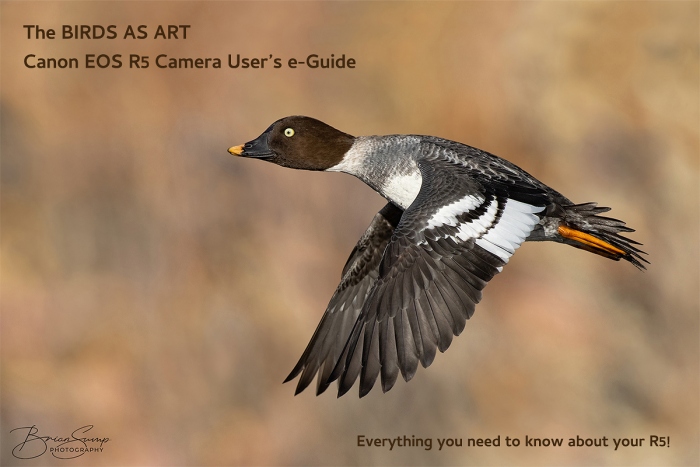
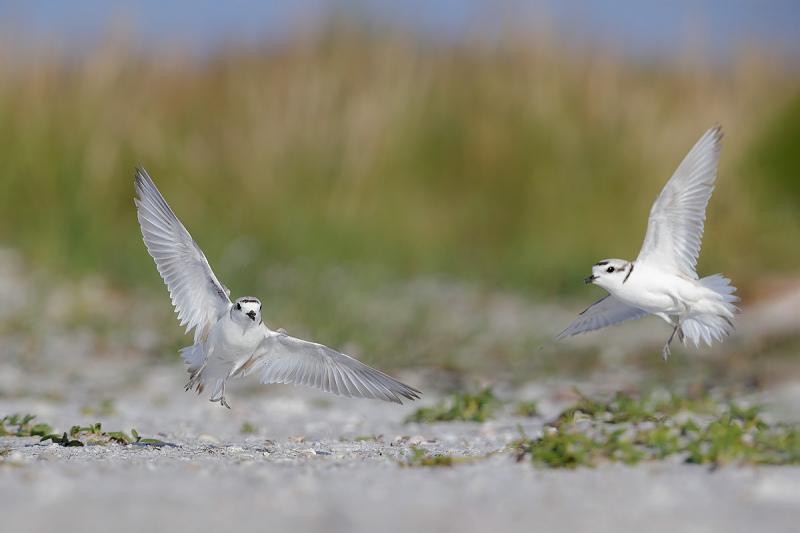
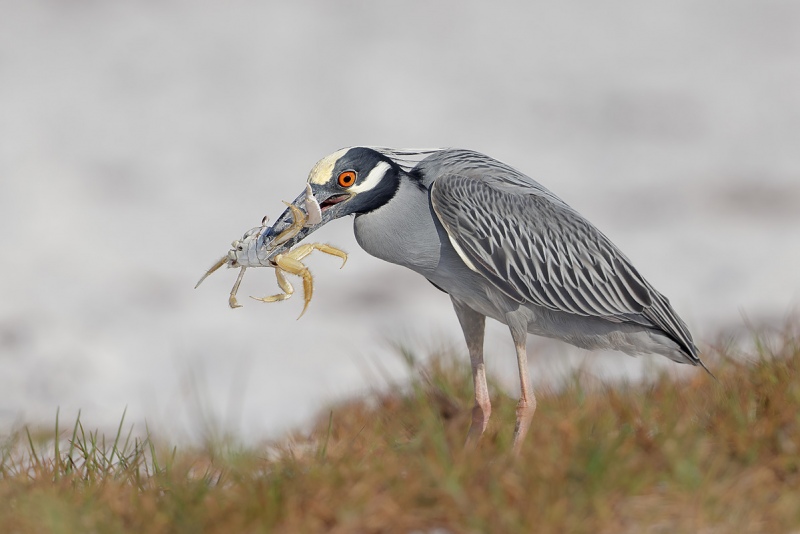
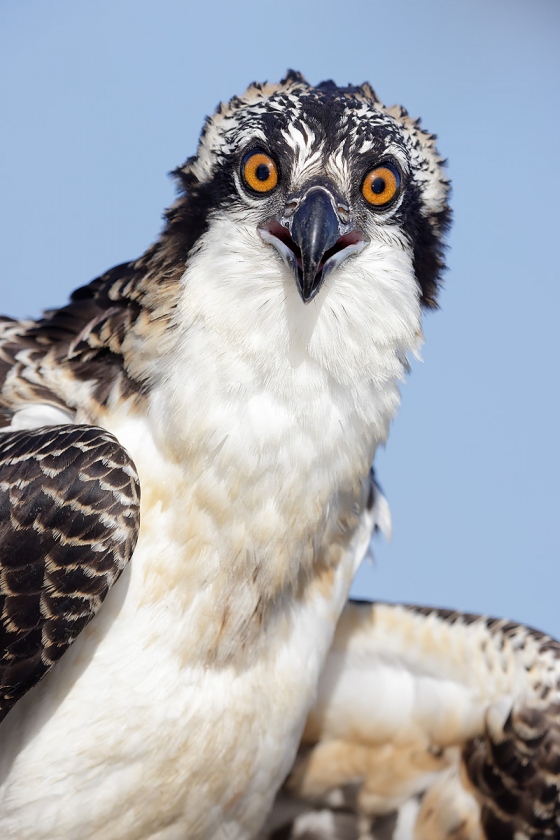
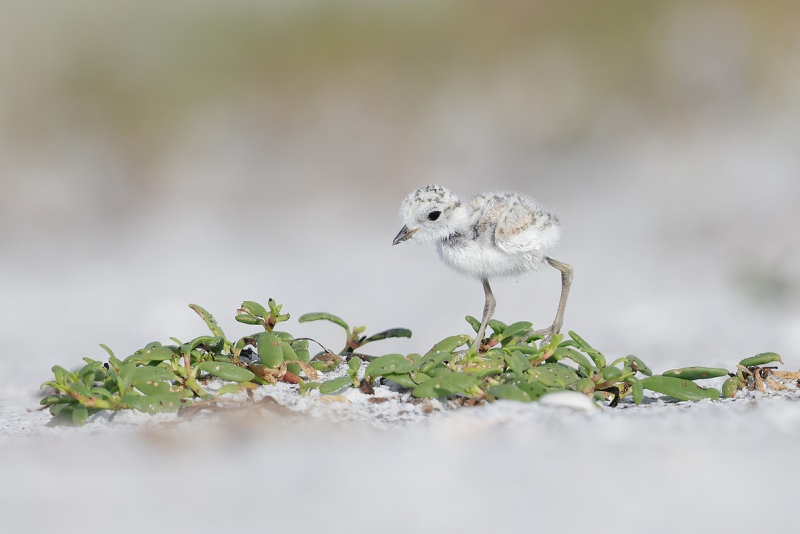
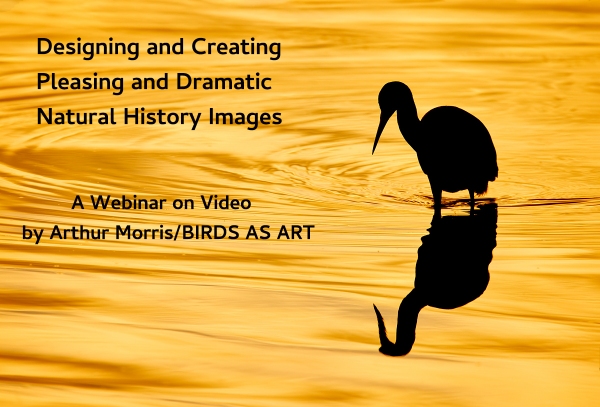













Ha! Love this comment…
Perhaps USFWS could hire Dr. Fauci and have him genetically engineer both species of night-heron
Good one Art!!
Thanks, Nelson. I thought that it was pretty clever. Cliff Beittel and I are on the same wavelength.
with love, artie
By the way….HBD!!
Would pick #4 because of such unusual and striking isolation of the plover and vegetation.
As for today’s images, my favorite is #2, with #4 a close second. What I don’t like about #4 is the lightness of the foreground and background — the bird seems to be on a tiny island floating in milk. The white bird gets a little lost.
If you think the EOS R3 is great, wait until you see the R1!
I do not think that the R3 is great at 24 MP. Maybe the files will be bigger but you need to ask yourself, “What is Canon hiding?” As for waiting for the R1, we might all be dead by then 🙂
with love, artie
No. 4 for me. I like the image design, placement of the bird in the frame, just the right amount of greenery to break up a lot of the white and the out of focus background to provide the last hint of color which helps the bird “pop” in the frame. Very nice image. As you are fond of saying: “a family jewel.”
The startle-eyed osprey chick looks so much like the image you posted last week, it’s got to be one and the same!
Same bird from a much higher perspective 🙂
with love, a
ps: how is the grounding going???
I like all four images but image #4 is my favorite. Isolating the Plover chick really supports the nature of its fragile existence.
So hard to choose, they are all great. Maybe chick on vegetation, then plovers squabbling.
Hi Artie,
I’m still planning to buy the R5. My issue with the R3, aside from price, is that the file size is projected to stay at around 20mg, vs 45 for the R5. Better for printing. Your thoughts?
Mike
Rumors are saying 24 MP. The camera was introduced at some show but nobody is talking. And Canon is staying silent on the resolution of the R3 sensor. Half the megapixels is not exactly an a1 …
with love, artie
Apparently sports and action photographers prefer speed over file size. I don’t need 30 shots per second.
Different strokes. I am thrilled with the 30fps and the 51MP files from the a1.
with love, a
“The Electronic Viewfinder of the EOS R3 will offer photographers the ability to select the initial area for AF tracking by simply looking directly at the viewfinder location where they want to begin AF. With Eye Control AF and Servo AF activated, the camera will focus on and track moving subjects at that location in the frame. When Face Detect + Tracking is active, the camera will continue to follow moving subjects around the entire active AF area.”
Sounds exciting. I loved the Eye Controlled focus on the old EOS-3 (1998-2007?), hated that Canon dropped it instead of improving it on subsequent models. The R5’s ability to find the eye even on flight shots has restored my interest in flight and action shooting.
Hard choice on Clemens’ four images, but I like the Night-Heron best. Good to see the tables turned on a Ghost Crab. Now if the Night-Herons could just learn to eat the murderous Fish Crows that are so abundant along the Gulf!
I hated the eye focus on the EOS 3. I know Joe McDonald loved it.
Perhaps USFWS could hire Dr. Fauci and have him genetically engineer both species of night-herons and create super-sized killer birds that could devour Fish Crow eggs, nests, and adults in a single swallow. And perhaps human infants in bathing suits …
with love, a